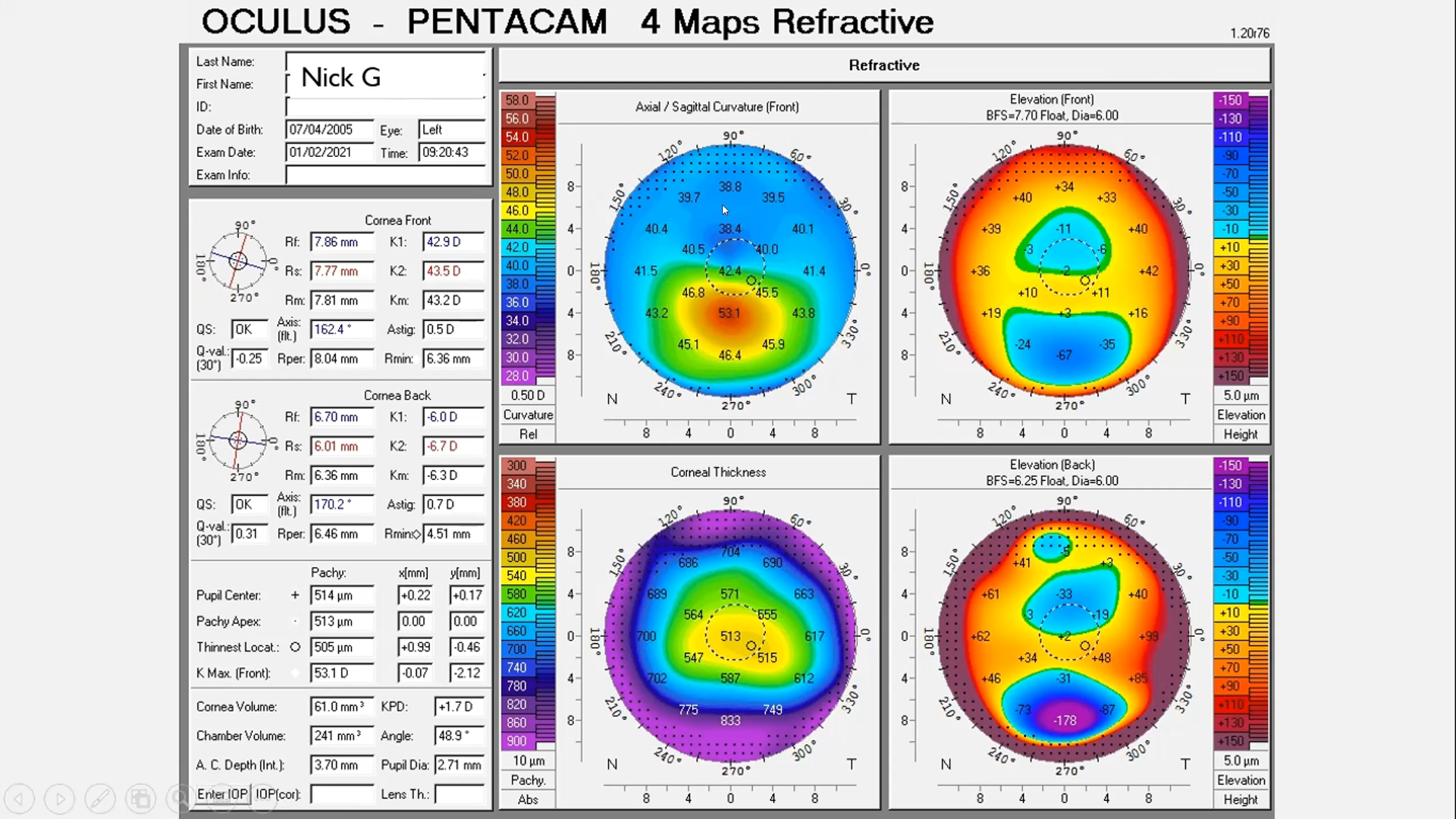L. Cortical Removal (1)
One of the more hazardous steps in phacoemulsification is irrigation and aspiration of the cortex. Once the nucleus has been removed, then the only tissue protecting the posterior capsule from aspiration is the cortical material. Direct aspiration of the capsular bag needs to be avoided as there is risk of capsular tear and vitreous loss. The aspiration port should be visible at all times. In cases where the zonules are normal, 2-3 clock hours can be stripped at a time, using a radial and tangential movement. If there is any evidence of zonular instability then smaller segments of capsule should be stripped at a time. The zone opposite the keratotomy is reached most easily and is performed first. Depending on the accessibility, the cortical material closest to the keratotomy can be removed with the single probe irrigation and aspiration probe however it can also be removed with a so-called “split system”, dividing the irrigation probe via the keratotomy and using a second aspiration cannula through the paracentesis. An alternative to automated irrigation and aspiration is a manual technique utilising a Simcoe cannula connected to irrigation and a 5 or 10 ml syringe operated with the non-dominant hand. This technique can be more controlled and especially useful in situations where there is posterior capsular rupture.


